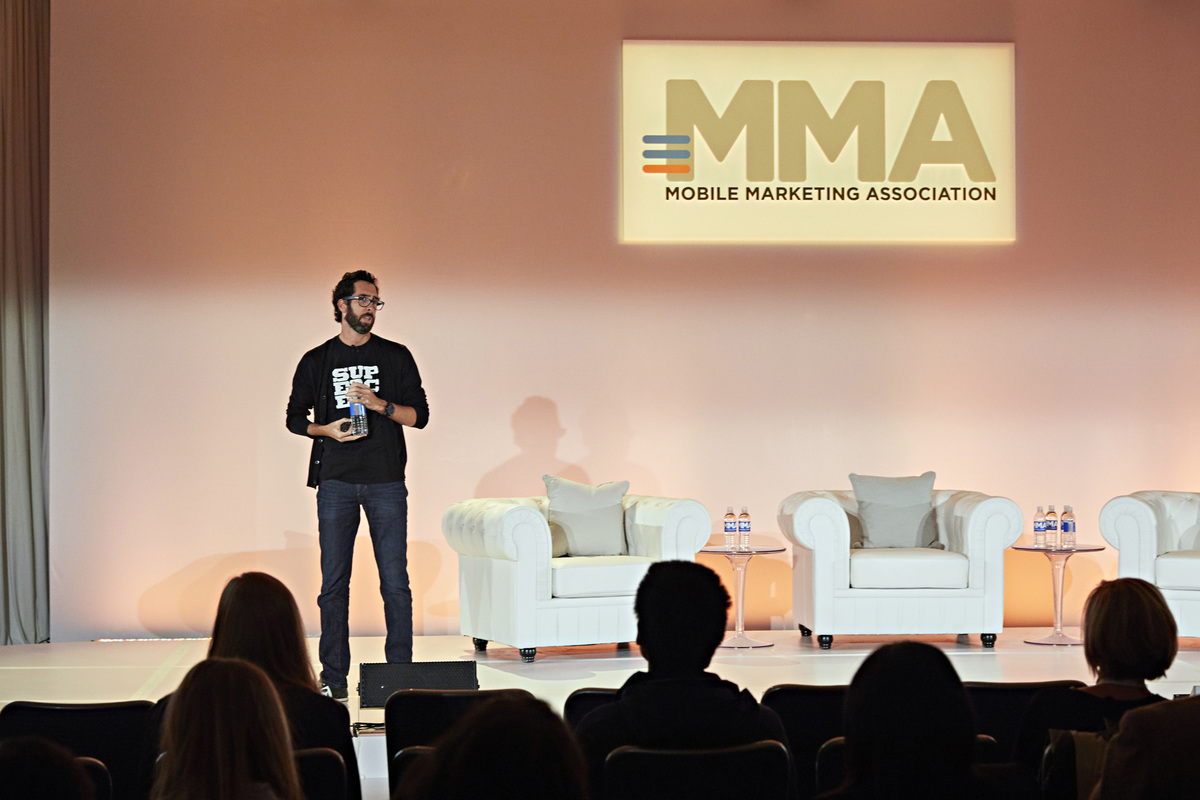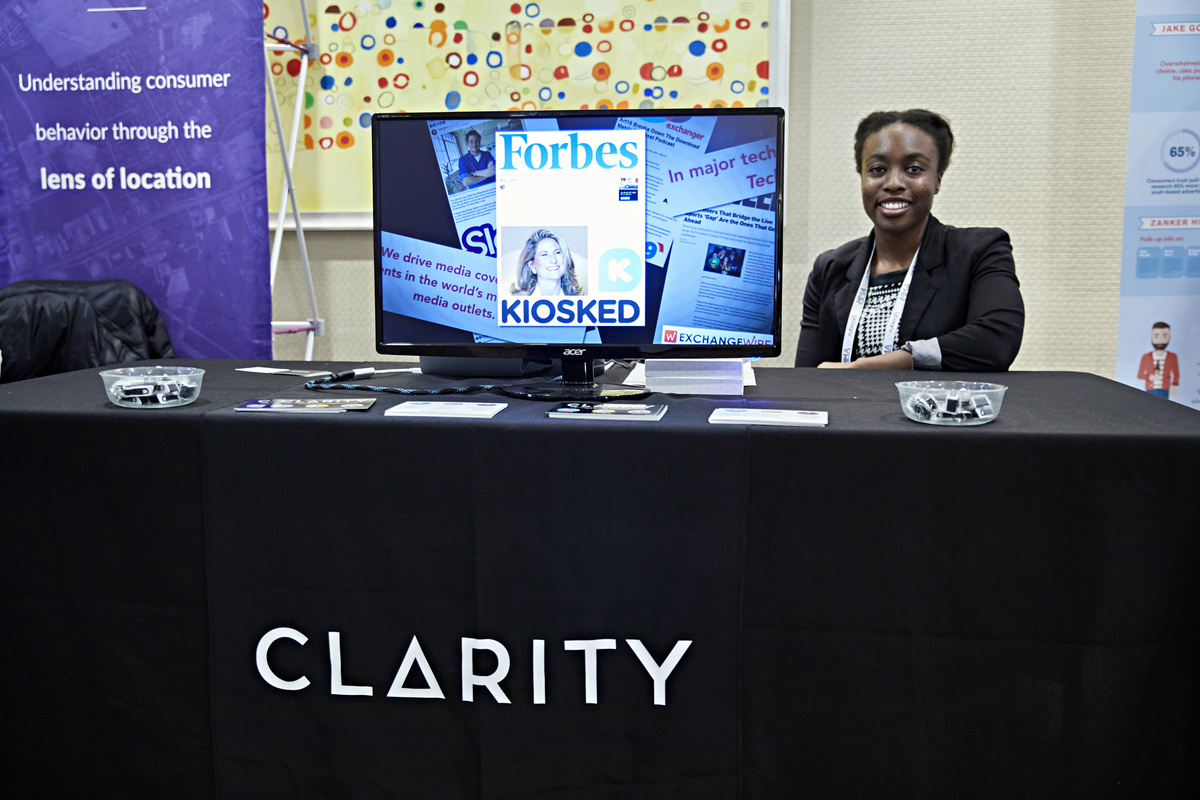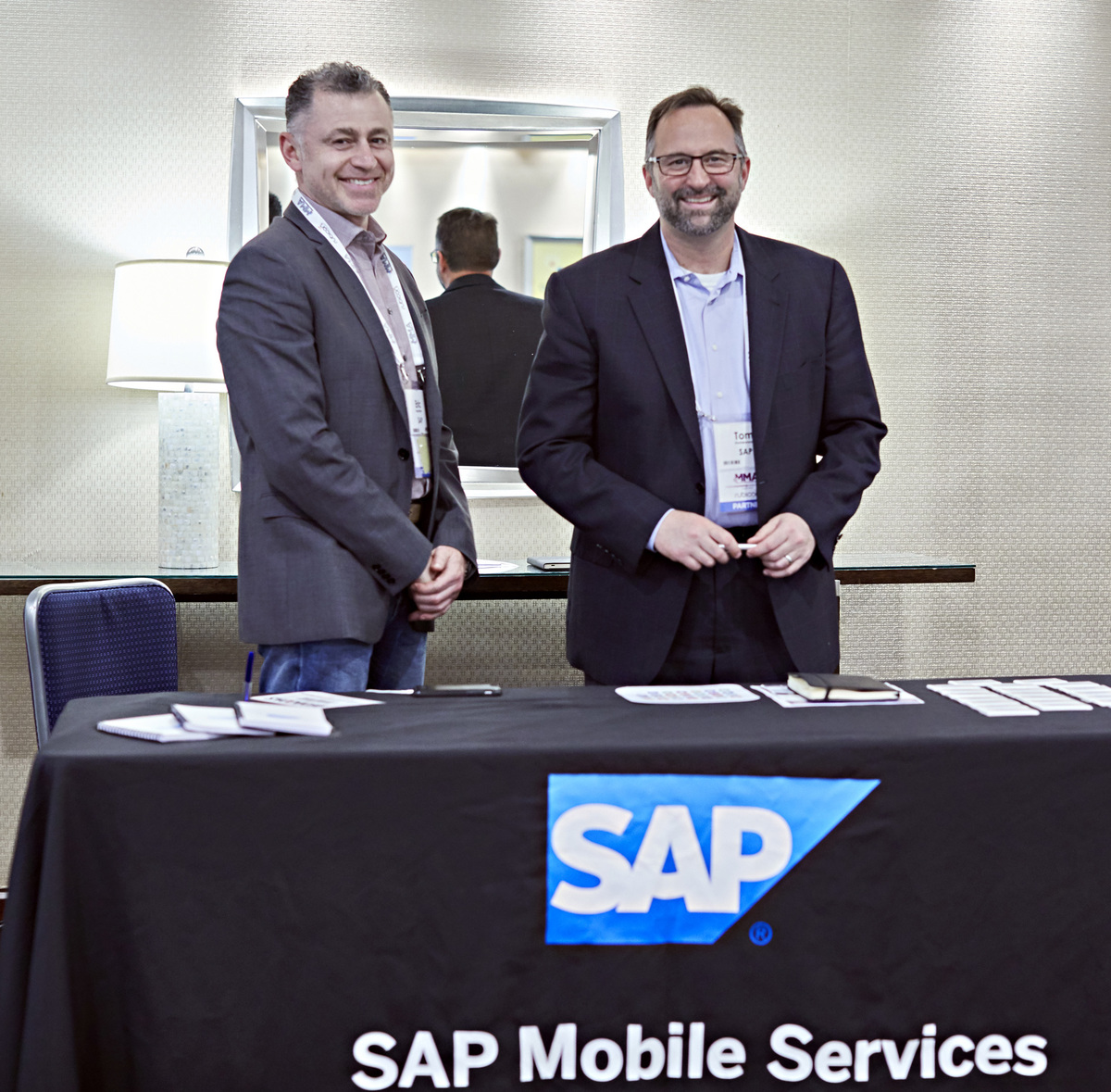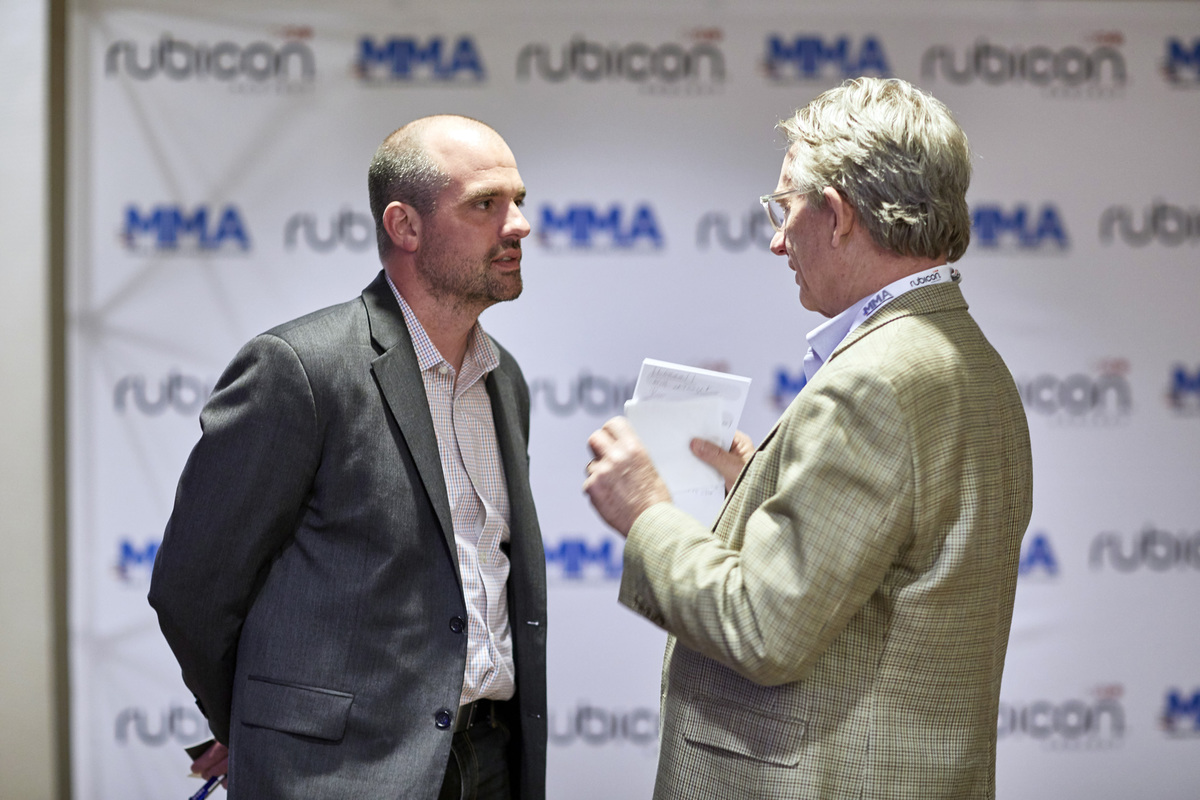Photos from Mobile Marketing Leadership Forum 2017













































































Click to view full gallery
This year’s MMA Mobile Marketing Leadership Forum – “Mobile: The Marketing Imperative” – served as a potent example of where mobile stands today, among consumers and marketers. At a time when marketer apps are de rigeur, and mobile programmatic the dominant way of buying ads, marketers are looking to infuse their mobile experiences with much deeper engagement, their metrics with much closer ties to the bottom line, and their content with much deeper relevance for consumers. “The mobile imperative is basically looking at what can we do with mobile right now and what is it going to fuel over the next few years,” said Day 2 keynote speaker Suffiyan Syed, digital product innovation lead at SapientRazorfish.
Here are seven takeaways:
 Building Apps for the Sake of Building Apps Is Over.
Building Apps for the Sake of Building Apps Is Over.
As marketers seek to leverage mobile for engaging audiences, building an app for its own sake is over. This point was most clearly articulated by Ryan Wener, head of marketing at mobile gamer Supercell (at right), when he talked about how the company routinely kills games. It’s not because some games are unpopular, he said, but that they are not popular enough. This theme was echoed by Emilie Hardick, global mobile lead at Philips, during her presentation. As the company has winnowed down its total number of apps, she said, the company has shifted focus from creating minimal viable products to minimal lovable products.
- Focusing on App Downloads Doesn’t Matter (That Much).
 If building an app for the sake of it is over, marketers also seem less concerned with what used to be the go-to metric for app success: the download. Monu Kalsi, vp/head of digital marketing at Zurich North America, presented statistics that neatly summed up why this is; according to Kinvey, the average app abandonment rate is 25 percent, and most app users (56 percent) report problems with the apps they use. Building app experiences that command ongoing engagement has become crucial.
If building an app for the sake of it is over, marketers also seem less concerned with what used to be the go-to metric for app success: the download. Monu Kalsi, vp/head of digital marketing at Zurich North America, presented statistics that neatly summed up why this is; according to Kinvey, the average app abandonment rate is 25 percent, and most app users (56 percent) report problems with the apps they use. Building app experiences that command ongoing engagement has become crucial.
In an onstage discussion with Peter Hamilton, CEO of TUNE, Marissa Tarleton, CMO of discounts app RetailMeNot, put it plainly: “My main objective is not downloads. My main objective is ‘is my brand growing?’” She advocates for spending half of an app’s marketing budget on re-engagement.
- Mobile Has a Location to Hit: The Bottom Line.
The logical extension of growing a brand, is that it – and its marketing – has the power to bolster the bottom line. Thus, marketers are increasingly holding mobile to this highest standard of all. During the opening keynote session of the conference, Brandon Rhoten, Wendy’s vp/advertising, media and digital talked about the mission to “translate the vanity metrics of digital into ‘this is how it impacts the business.’” He sees his job as helping build the P&L, and says company franchisees know that digital and mobile drive people into restaurants.
TUNE’s Hamilton unveiled a study at the conference that shows the connection between mobile and the bottom line, writ very large. The company’s study analyzed the Fortune 1000 by both their business success and their mobile acuity, finding that mobile leaders have been growing their market value 15% faster than companies that lag and that leaders are almost two times as likely to be financially successful.
- Attribution Matters; Clickthroughs, Not so Much.
MMA CEO Greg Stuart took the stage to update the audience on the MMA Marketing Attribution Think Tank (MATT). MATT is focusing initial efforts on Multi-Touch Attribution – tracking each of a consumer’s interactions with a brand in the purchase cycle. He described MATT’s overall goal as “measuring those little intimate experiences and putting a value to them on cost effectiveness.”Attribution was put to the test by John Baronello, director/marketing analytics, Allstate, who presented the results of the brand’s SMoX study with the MMA. During the study, which examined cross-marketing effectiveness, the brand compared its older measurement model with a multi-touch attribution solution, finding that MTA has helped it figure out what works. The study also demonstrated one thing that doesn’t work anymore: the clickthrough. “It’s time to kill it,” Baronello said. “The individuals that click on [ads] … we saw that it meant nothing.”
- Programmatic: It’s Not Just About Saving Money, Anymore.
Hallmark vp/product and marketing Lindsey Roy focused on the nitty-gritty of media buying, and touted the company’s big results, especially since it has moved to an entirely programmatic model. “Going all in on programmatic is the best thing we’ve done in this new era,” she said. Even though the company has achieved savings through this model, Roy was clear that its shift to programmatic is not just about achieving the lowest costs, but about finding Hallmark customers no matter where they are.
 Use Context to Deliver Great Content.
Use Context to Deliver Great Content.Even as many speakers focused on metrics, media buying and the bottom line, the need for content to live up to the most sophisticated technology was never far from the discussion. Roy spoke of Hallmark needing content that was as customized as its media, while Wendy’s and Budweiser gave compelling examples of how to leverage context that enhances content’s power.
Wendy’s, a prodigious user of Twitter, has become known for its playful jabbing of competitors such as McDonald’s and its willingness to respond to users, playfully egging on Wendy’s customers such as 16-year-old Carter Wilkerson, who recently asked the company – via Twitter, of course – how many retweets it would take for him to get a year of free chicken nuggets. By interacting with him, Wendy’s helped fuel #nuggsforcarter, a viral meme that led to Wilkerson breaking the world record – previously held by Ellen DeGeneres – for most retweets. In fact, Leadership Forum attendees put Carter over the top during a session featuring Wendy’s and Twitter. As Twitter CMO Leslie Berland put it. “Twitter is live, it’s open and the world is watching, and the world is watching Wendy’s,” Berland said.
Budweiser walked the audience through the production of “Harry’s Last Call”, a short film the brand produced in anticipation of the Chicago Cubs finally winning the 2016 World Series after 108 years of waiting. The effort is the ultimate example of how a major brand, with a major budget to match, can leverage context. These days, said Monica Rustgi, senior brand director at Budweiser, the company has two work streams, one for marketing that is planned out a year in advance, and another one, which expends time and budget on cultural moments.
-
 AI and VR Are Becoming More Real All the Time.
AI and VR Are Becoming More Real All the Time.Even as marketers are becoming increasingly adept at leveraging cultural moments, they are also looking at how the next wave of technology will build on what can be done today. SapientRazorfish’s Syed thinks the camera will be the first augmented reality platform, and that it will be one of the engines driving a general shift toward utility, as brands use AR and other tools, such as artificial intelligence, to know their customers better.
Jay Altshuler, vp/media and partnerships at Samsung, screened virtual reality content for the audience from its partnerships with VICE, Fox and The New York Times. While acknowledging how hard it is for any advertiser – even Samsung – to get noticed these days, he also championed today’s possibilities: “We always say this is the most exciting time in advertising because if you can think it, you can do it,” he said.























